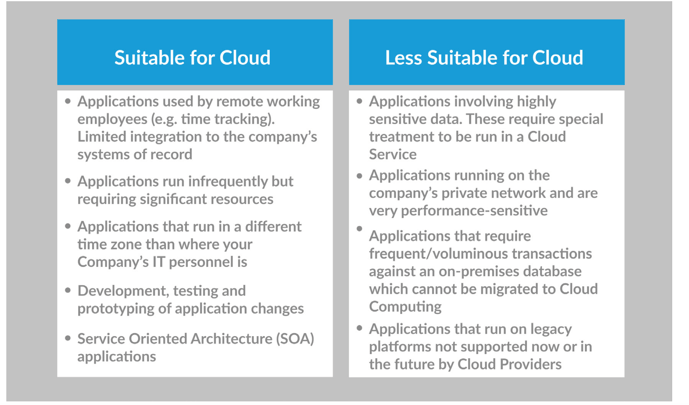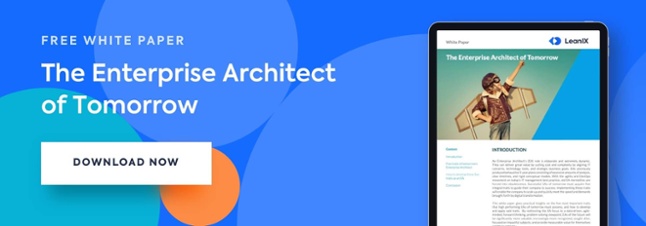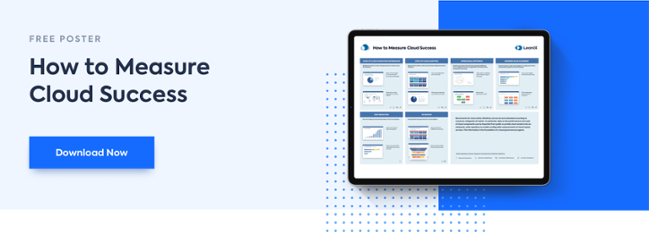
When organizations embark on a cloud transformation, the first challenge isn't just how to migrate—it's what to migrate.
Should you move everything? Just customer-facing applications? Only new workloads? These questions don’t have a one-size-fits-all answer.
A smart strategy begins with a structured cloud migration assessment to evaluate your application landscape and determine which systems are suitable for the cloud—and which ones are best left as they are (for now).
Why not everything goes to the cloud
There’s a common misconception that all legacy systems are outdated and should be lifted and shifted. In reality, some applications:- Are too tightly coupled to legacy infrastructure
- Serve low-value or end-of-life business processes
- Face regulatory or latency constraints
- Would be more expensive to run in the cloud
Rather than pushing for a wholesale move, many organizations benefit from a case-by-case approach—evaluating each application for its fit, value, and complexity.
Questions to guide your selection
To determine which applications to move to the cloud, start with these two core questions:- What makes an application a strong candidate for the cloud?
- What characteristics suggest an application should remain on-premise or be rearchitected first?
Factors to consider
Here are several practical lenses through which to evaluate each application:
1. Business alignment
- Does the application support a strategic capability?
- Will the business owner support cloud adoption?
- What’s the risk tolerance if things go wrong?
2. Lifecycle timing
- Is the application still being developed or planned?
- Is a refresh or replacement due soon?
- Would a SaaS alternative provide more value?
This aligns with broader application rationalization efforts, helping you determine whether to migrate, modernize, or retire apps.
3. Architecture fit
- Is the application built with a modular or service-oriented approach?
- Can it scale to meet demand spikes?
- Does it rely on technologies that are cloud-compatible?
Cloud-ready architectures are often tied to broader application modernization efforts.
4. Data profile
- Are there privacy or regulatory constraints?
- How much real-time data exchange is required?
- Are there high-latency or low-bandwidth concerns?
5. Technical environment
- How complex is the network setup?
- Are specific requirements like VPNs, isolated environments, or disaster recovery in place?
- Does it require high availability or redundancy?
6. Security model
- Who manages authentication and access?
- Is SSO required?
- What monitoring and control mechanisms are expected?
7. Integration footprint
- Does this application serve as a system of record?
- Are there critical dependencies with other systems?
- Is it integrated with user directories or shared services?

Figure 1: “Cloud suitability”
From evaluation to decision
Once you’ve assessed your applications based on the above criteria, group them into categories like:
- Cloud-ready – Suitable for migration as-is (e.g., web-based, modular apps with low integration complexity).
- Cloud-compatible with adjustments – May need refactoring, containerization, or sequencing changes.
- Remain on-prem for now – Applications with major technical debt, tight regulatory requirements, or upcoming end-of-life.
- Replace – Applications better served by off-the-shelf SaaS solutions rather than migrating the existing system.
These decisions often follow the framework known as the 6Rs of cloud migration, which categorizes applications into: Rehost, Replatform, Refactor, Retire, Retain, and Replace.
Visualizing these groupings in an application heat map—by business capability, location, or user group—can help stakeholders align on priorities and dependencies.
Balancing opportunity and complexity
Even with a solid framework, migration decisions will involve trade-offs. Some applications will promise efficiency gains but require significant upfront effort. Others may be easy to migrate but offer limited strategic value.
The goal is to find a balance between what’s technically feasible, economically sensible, and strategically aligned.
Final thoughts
Every organization’s cloud journey looks different. But one truth holds across all of them: knowing what to migrate is just as important as knowing how to migrate.
With the right questions and structure in place, enterprise architects can lead the way—ensuring the cloud serves as an enabler, not just a destination.




